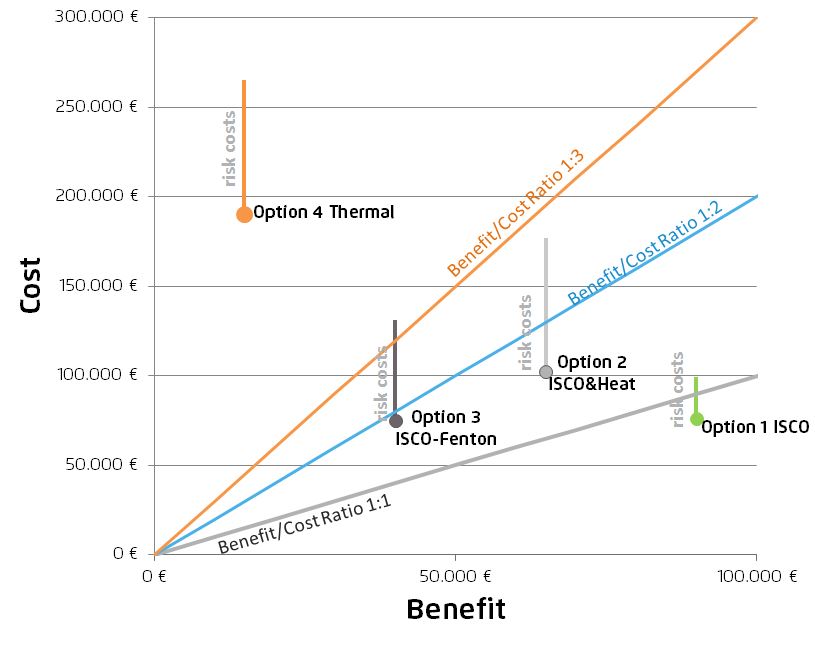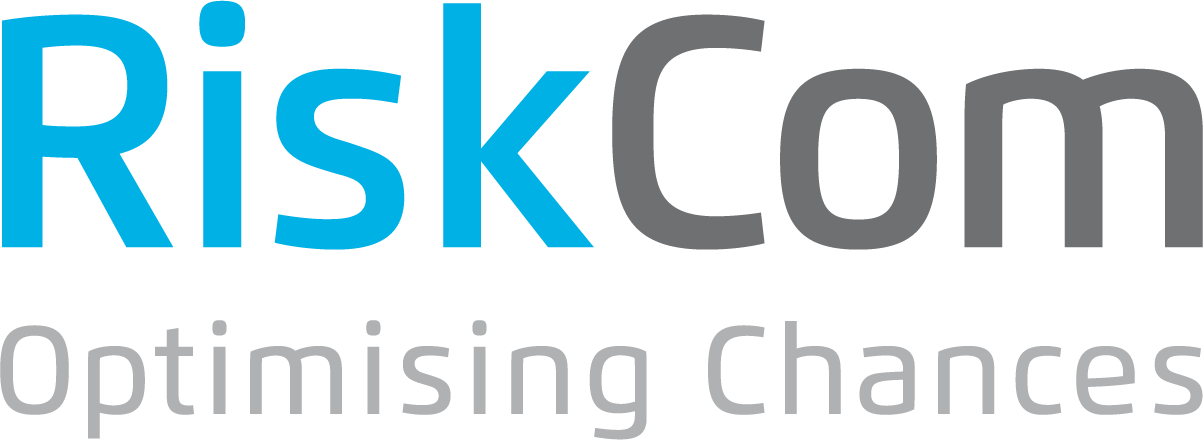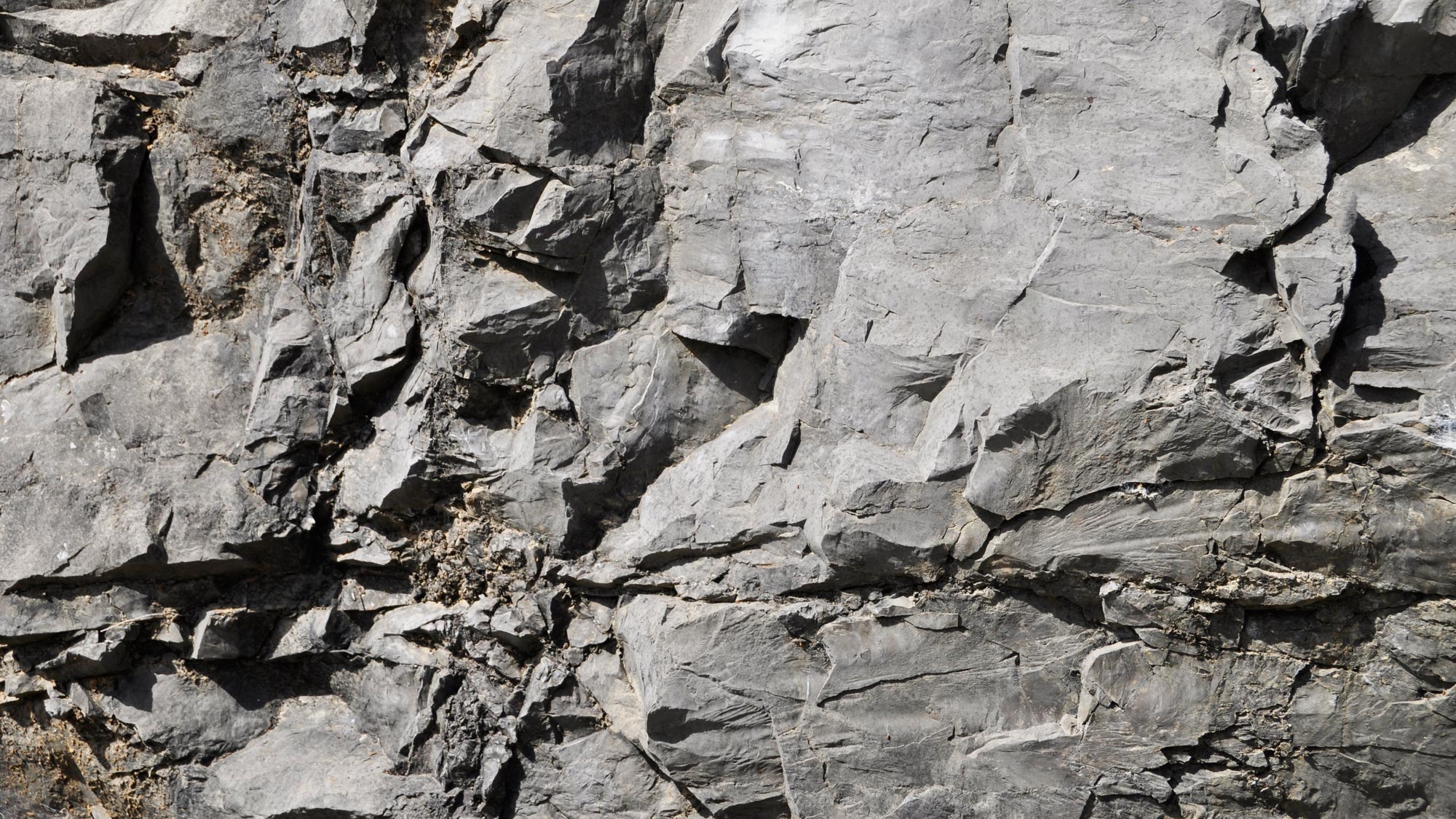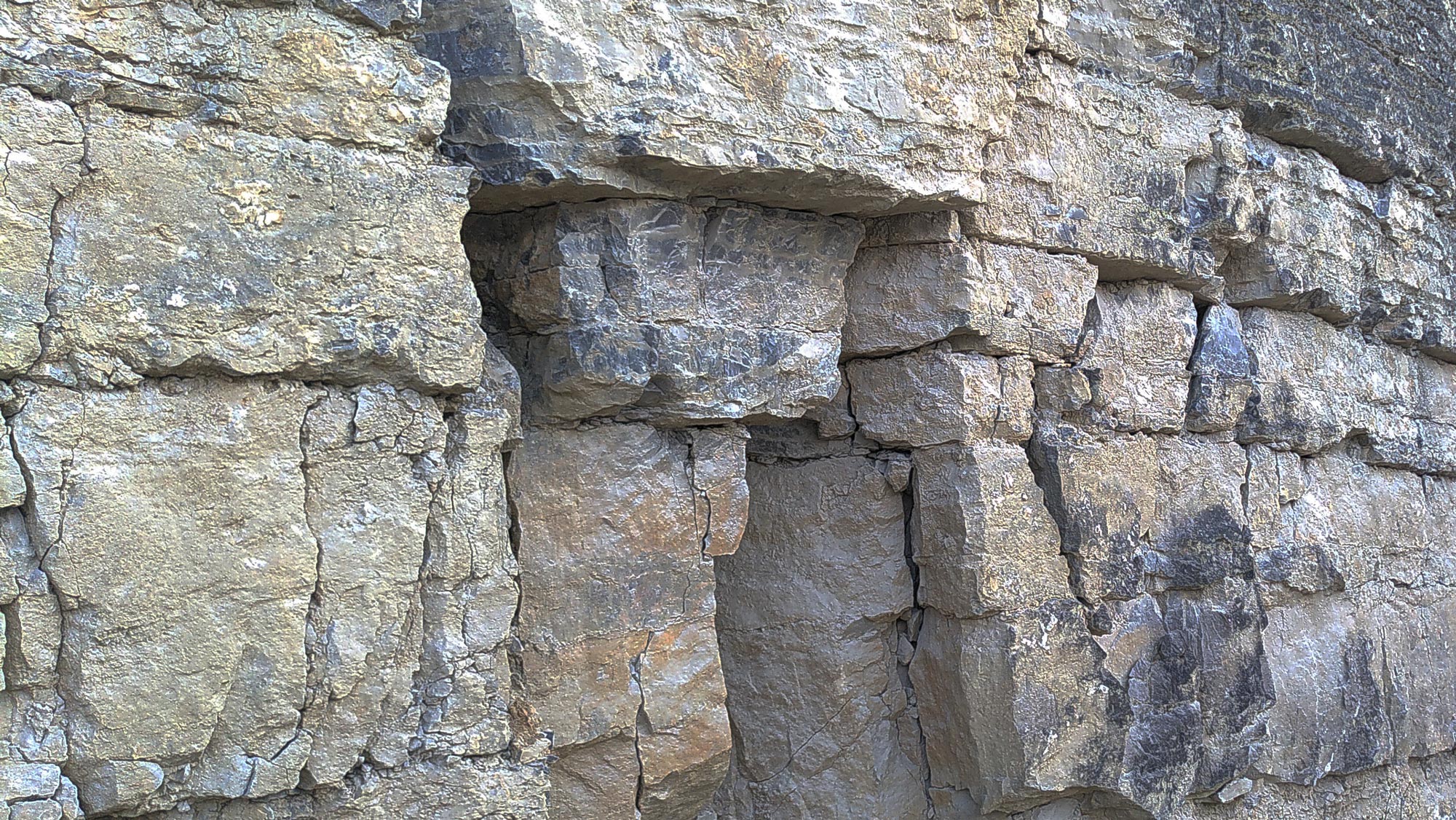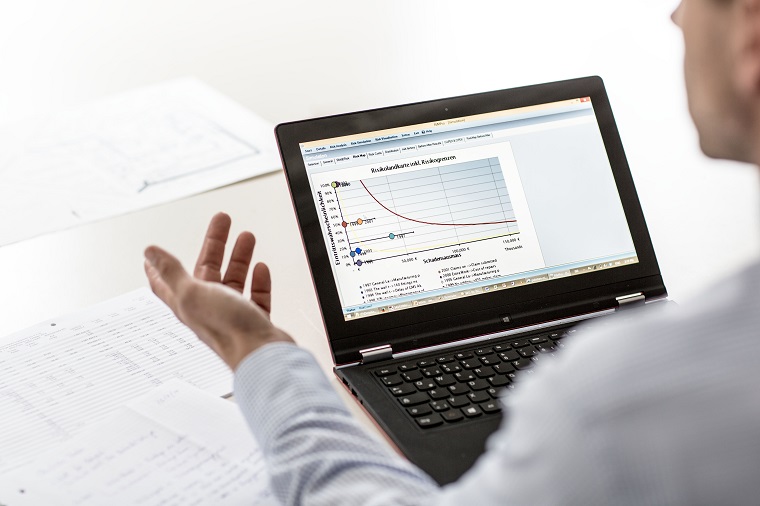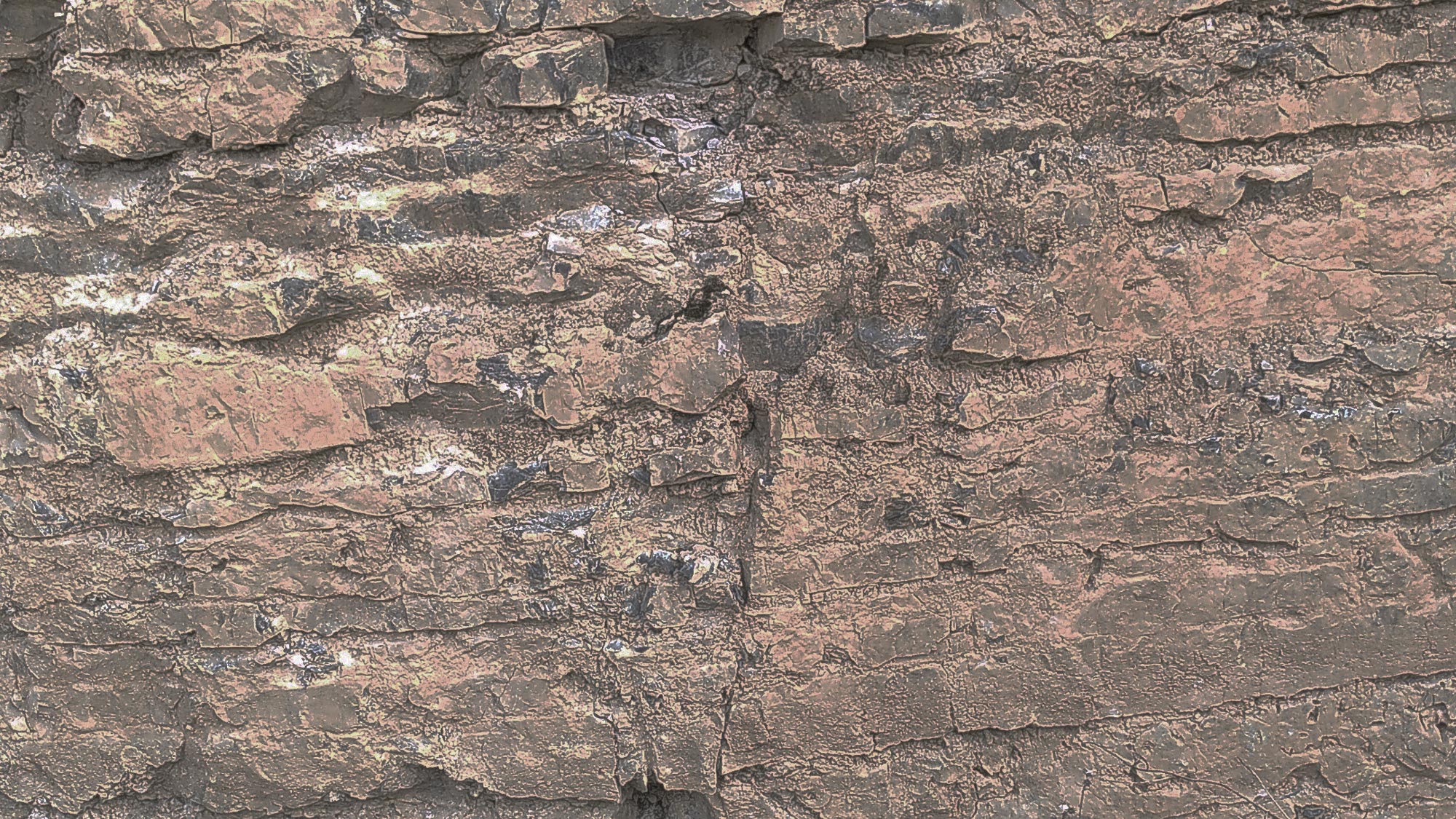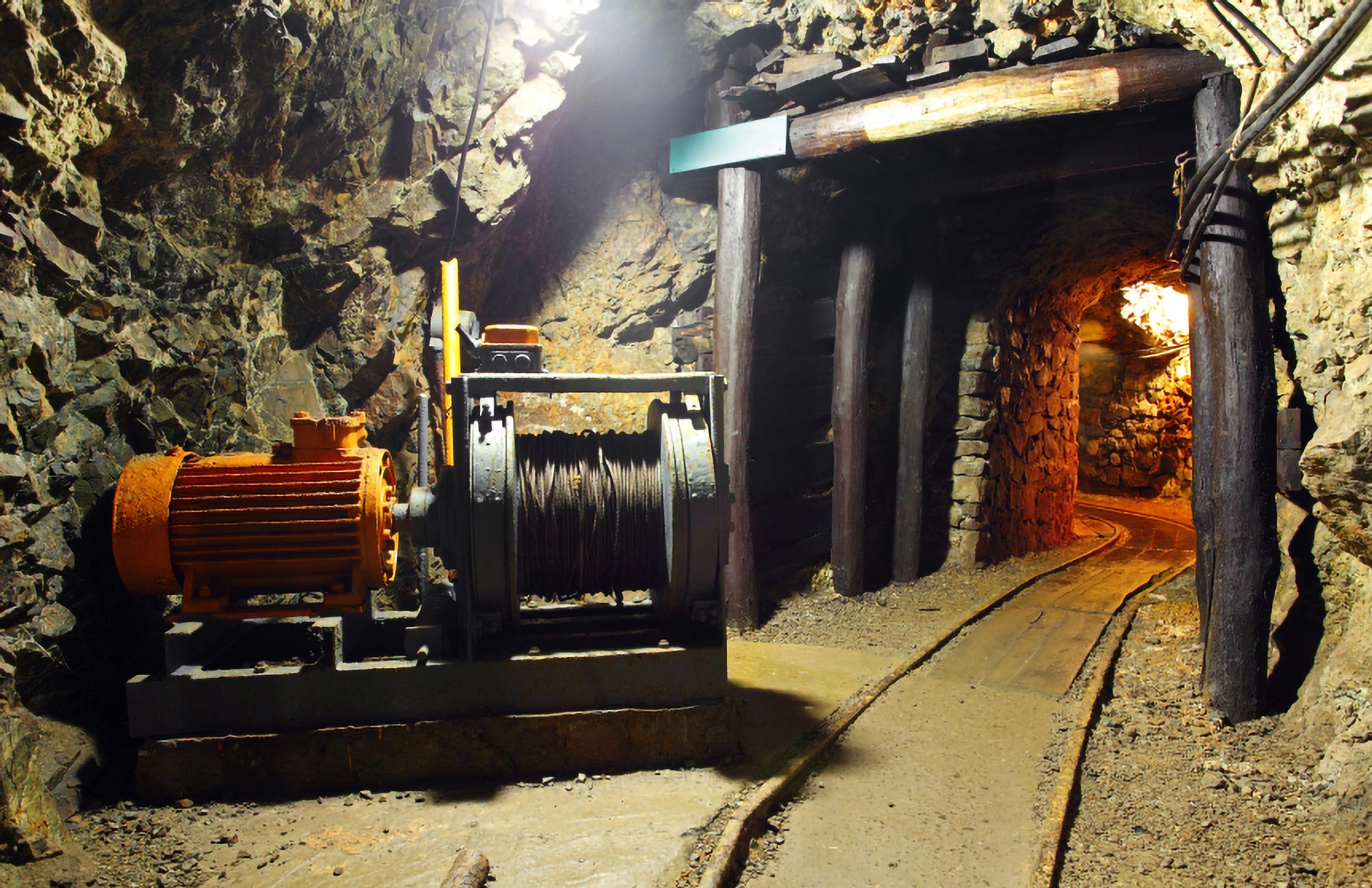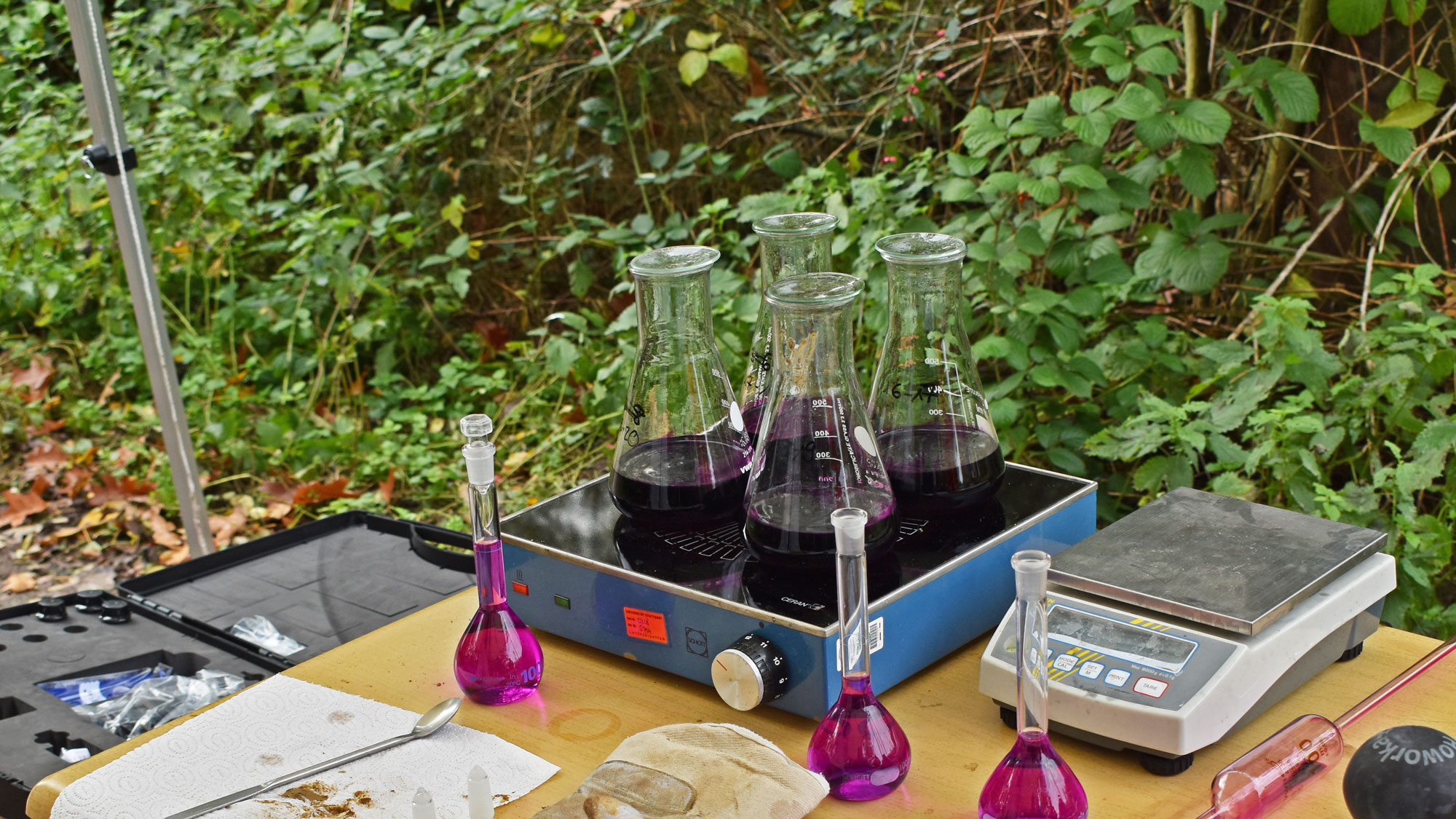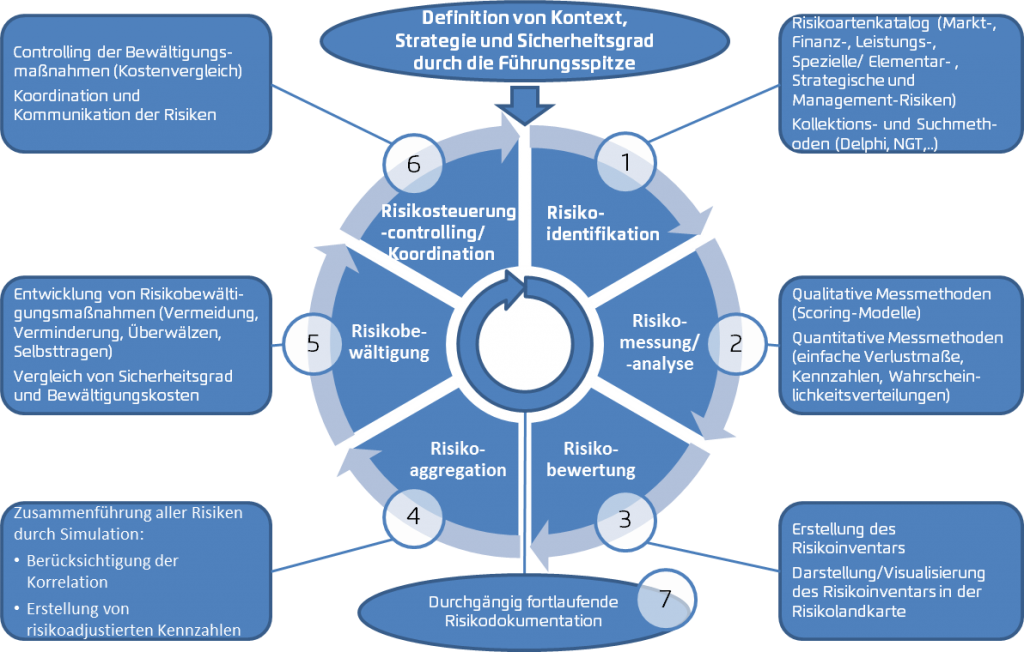Innovative Soil Remediation
Efficient Remediation
A cost- effective and timely remediation is often dependent on the implementation of innovative remedial technologies. RiskCom optimizes soil- and groundwater remediation by thoroughly analysing site conditions and selecting the most cost-effective remediation technologies. Examples of passive methods are capping and impermeable barriers; active methods include classic technologies such as pump & treat, air sparging, or soil vapour extraction, and newer approaches such as chemical, biological, or thermal in-situ treatment. Our i-SAV© in-situ Efficiency Program offers targeted and hydraulically induced stimulation and emplacement services to overcome the limitations of conventional in-situ approaches. For more details click here. This results in a significant improvement in overall remedial performance, even at sites where existing in-situ remediation systems are in place.
Our services:
- Excavation and large diameter borings;
- Site safeguarding with Pump & Treat;
- Cold and warm soil vapour extraction;
- Thermal in-situ Remediation (TISR) using in-house equipment;
- Bioremediation;
- In- situ chemical oxidation (ISCO);
- Optimization of existing, operational remediation systems;
- I-SAV© in-situ Efficiency Program with in-house equipment, protocols and experience.
- Our competencies also enable us to serve as prime contractor on our clients‘ behalf.
Top right: i-SAV© in-situ efficiency program: Creation of pathways leading to a significantly improved injection
Bottom right: Thermal in-situ remediation (TISR)
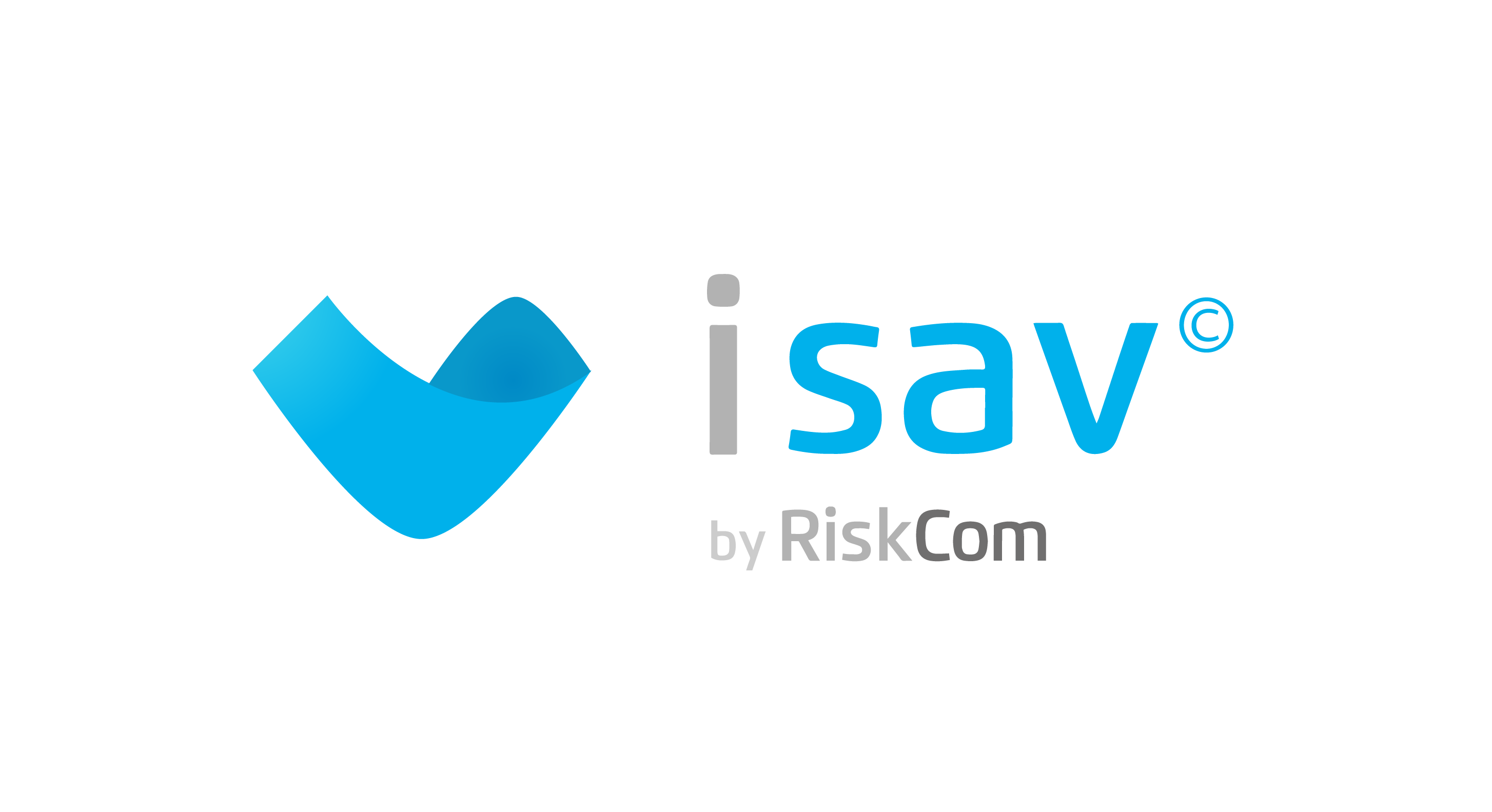
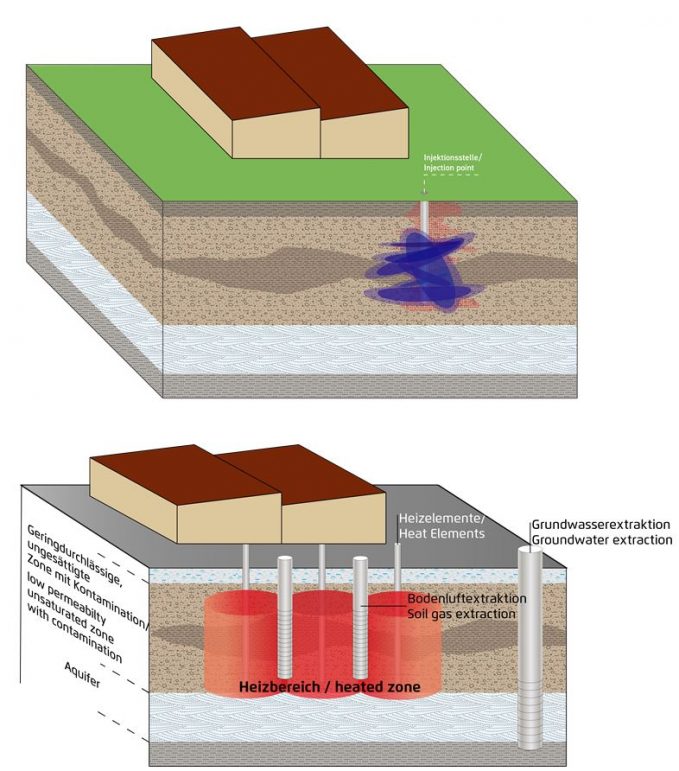
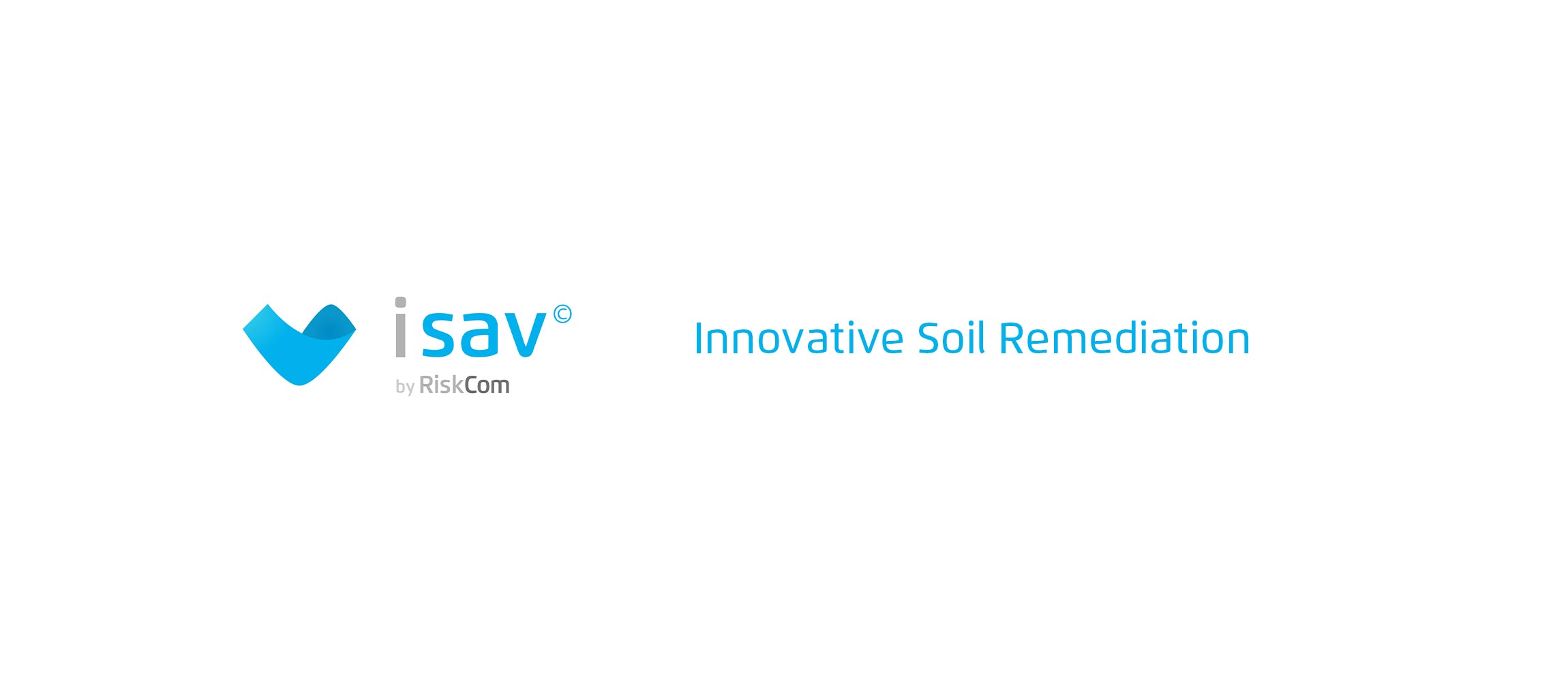
Brownfield Assessment
One of our core competencies for over 20 years is the effective assessment of Brownfield sites, environmental impact studies including potentially impacted properties, and targeted investigations using proven and new investigative technologies to develop realistic conceptual site models, as well as the development of efficient remedial strategies. We place value on open and co-operative collaboration with our clients and on honest communication with all involved parties.
Our services:
- Phase I – Investigations;
- Phase II – Investigations;
- Assessment of Brownfields and of environmental impacts;
- Historical research and assessmens of existing investigations;
- Geological und hydrogeological investigations (preliminary, comprehensive, and remedial investigations);
- Hazard estimates, risk assessment, review of alternative options, and feasibility studies.
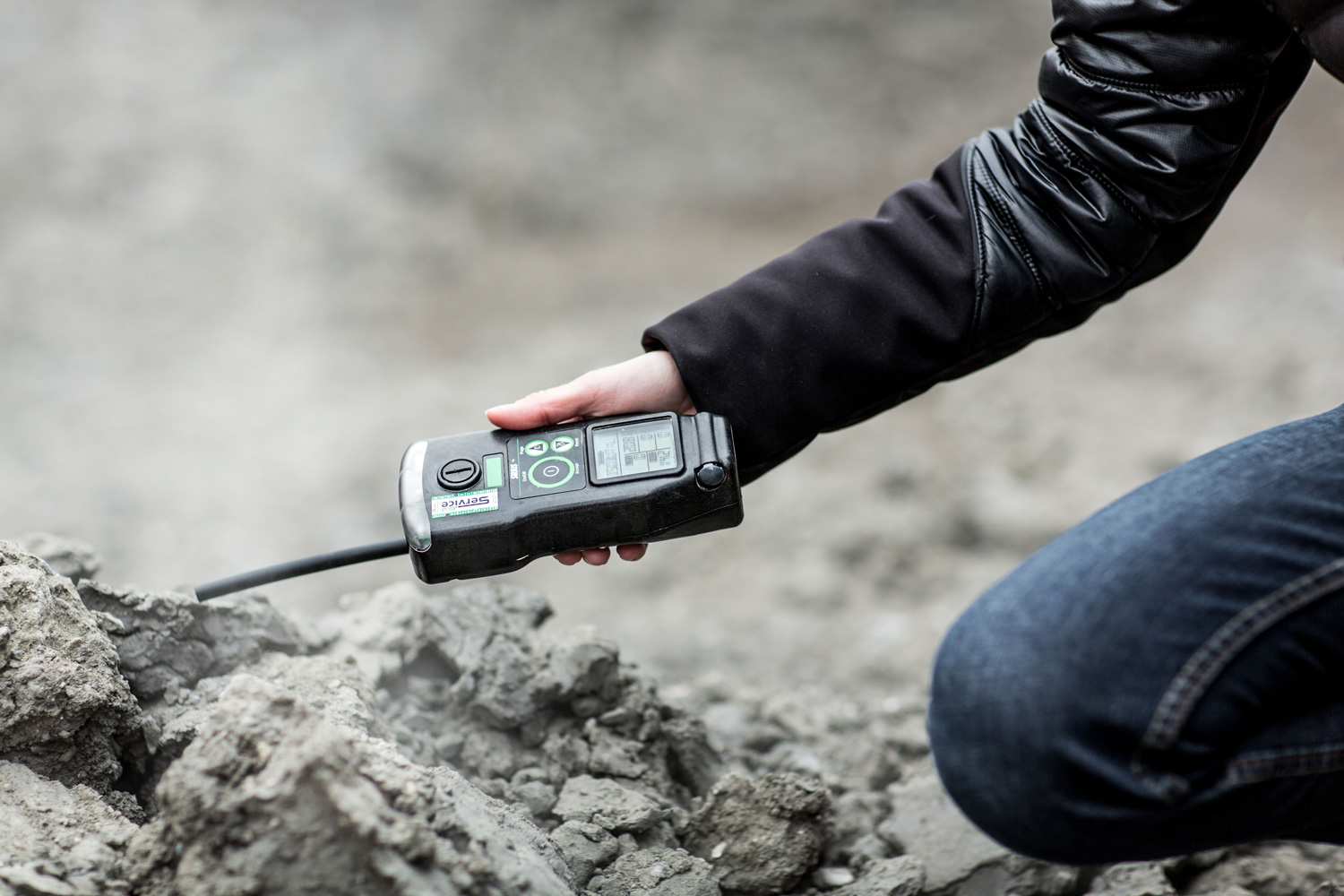
Remedial Investigations
A successful remediation is only possible on the basis of accurately delineated contaminant source areas and associated contaminant plumes. The appropriate remediation strategy is dependent on the quality of the remedial investigation. Especially important is a dependable assessment of groundwater conditions using relevant site characterization data, pumping tests, and subsequent modelling.
RiskCom uses the advantage of numerical simulation for the determination of groundwater flow and contaminant transport properties, thus enabling a prediction of contaminant spreading. The results form the basis for the selection, preparation, and implementation of appropriate remedial technologies.
Our services:
- Pumping tests (air, water);
- Site characterization (geotechnical, hydrogeological);
- Multi-zonal contaminant investigations and development of conceptual site models;
- Groundwater-/Contaminant transport modelling, seepage predictions;
- Site decommissioning and remedial planning / optimization of remediation techniques using RiskCom’s in- situ Efficiency Program (I-SAV©);
- Robust, quantitative and risk-based feasibility studies;
- Expert review, e.g. on preparation of remedial contracts;
- Acquisition and management of funding grants.
